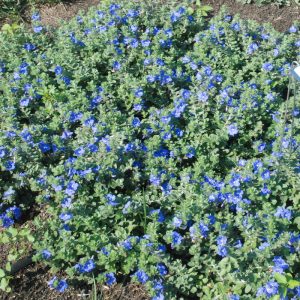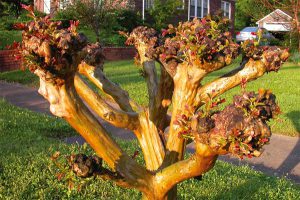It’s the Spring ‘Growing’ Season!
It’s time to ‘Spring Clean’ your plants and clean up the garden before planting others!
For small perennials like Lantana, Salvia’s, Pentas, Blue Daze etc., simply trim it back to if they are overgrown and looking leggy. They should flush out beautifully with the upcoming warmer temperatures. For woody shrubs like Hibiscus, Allamanda, Bougainvillea etc., also clip branches back to shape if needed. Fertilize all your plants after you have done this.
While you’re there, lightly work the soil around your plants to break surface tension for good water and fertilizer absorption into the soil. If your soil has not been amended and your plants performed poorly last growing season top-dress around your plants with a little compost or aged manure. After pruning, weeding, and lightly working the soil- FERTILIZE! This is the ‘growing season’, and plants need food to grow. We cannot stress enough the importance of fertilizing your plants and palms. Florida sand has no nutrient holding capacity and as plants begin to grow, they need nutrients for healthy growth, flowering and fruiting. A healthy plant will ALWAYS fare much better from freeze or insect damage than a weak, nutrient deficient plant.
For years we have recommended the Nurserymen’s Sure Gro slow-release fertilizer blends that will last 3-4 months. It’s what we use on our own home landscapes because it works! For palms, trees and basic landscape shrubs apply the 8-4-12 Palm. For flowering shrubs, flowering trees and perennials apply the 6-8-10 Bloomer. For citrus and fruits apply the 8-4-8 Citrus and Fruit. Never apply the fertilizer on the top of the root ball or crown of plant where burn may occur. It is the ‘feeder’ roots of the plant that is your target to take up the nutrients. Fertilizations should be done March, June and September. After fertilizing, water in well and apply fresh mulch if needed to retain moisture and control weeds.
Palms may be looking a little less green after the winter with no fertilizer. You can trim any dead fronds that may require it. Remember to only trim dead fronds- no green ones. Fertilize using the Palm Fertilizer.
Pruning
When cleaning up your gardens for spring keep these tips in mind:
• Never remove more than one half to two thirds of the foliage at one time to avoid weakening the plant.
• Do not “top” a tree
• Do not remove the branch collar, the portion of the limb next to the trunk
• Do not paint cut branches with wound dressing. This does not prevent decay and can cause more problems!
Why I Shouldn’t Chop My Crape Myrtle?
Topping a crape myrtle (commonly called “crape murder”) can be very damaging and disfiguring to a crape myrtle. This practice results in profuse growth at the site of pruning and increases susceptibility to disease and insects. Although topping may result in larger blooms, those flowers will grow on thinner, weaker branches that will droop, especially when wet. Topping also can shorten the life of your tree. The end of February was the appropriate time for trimming your Crape Myrtle.

